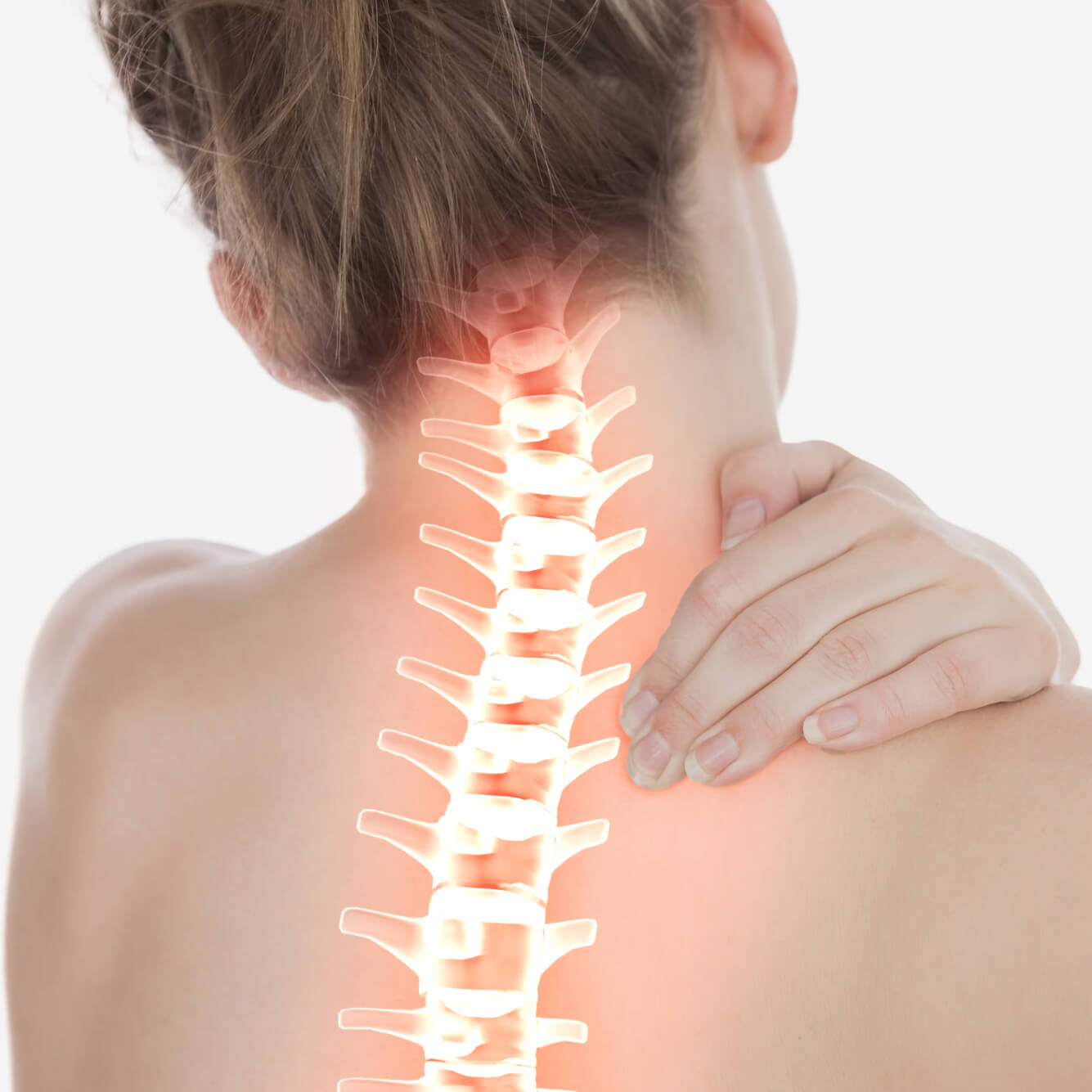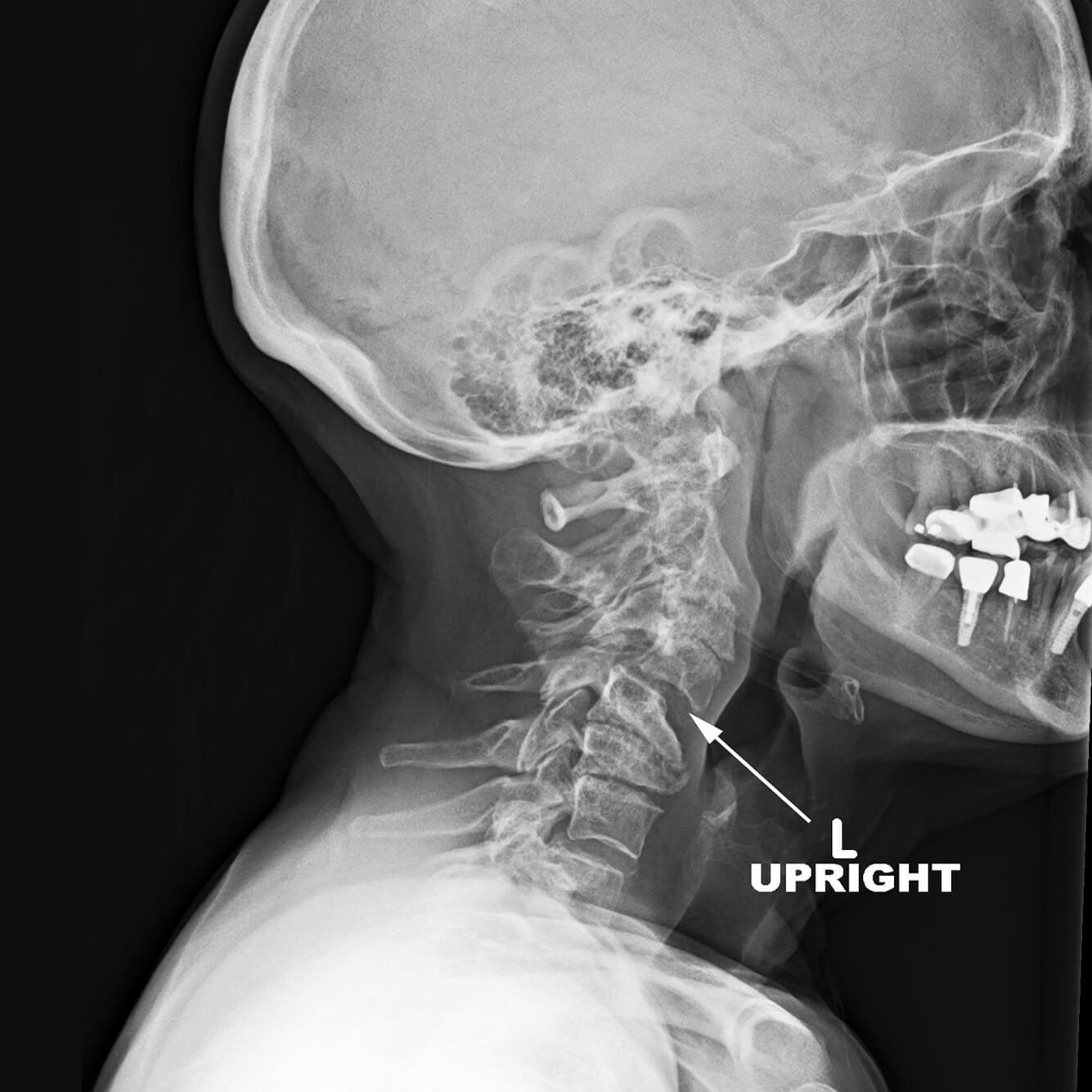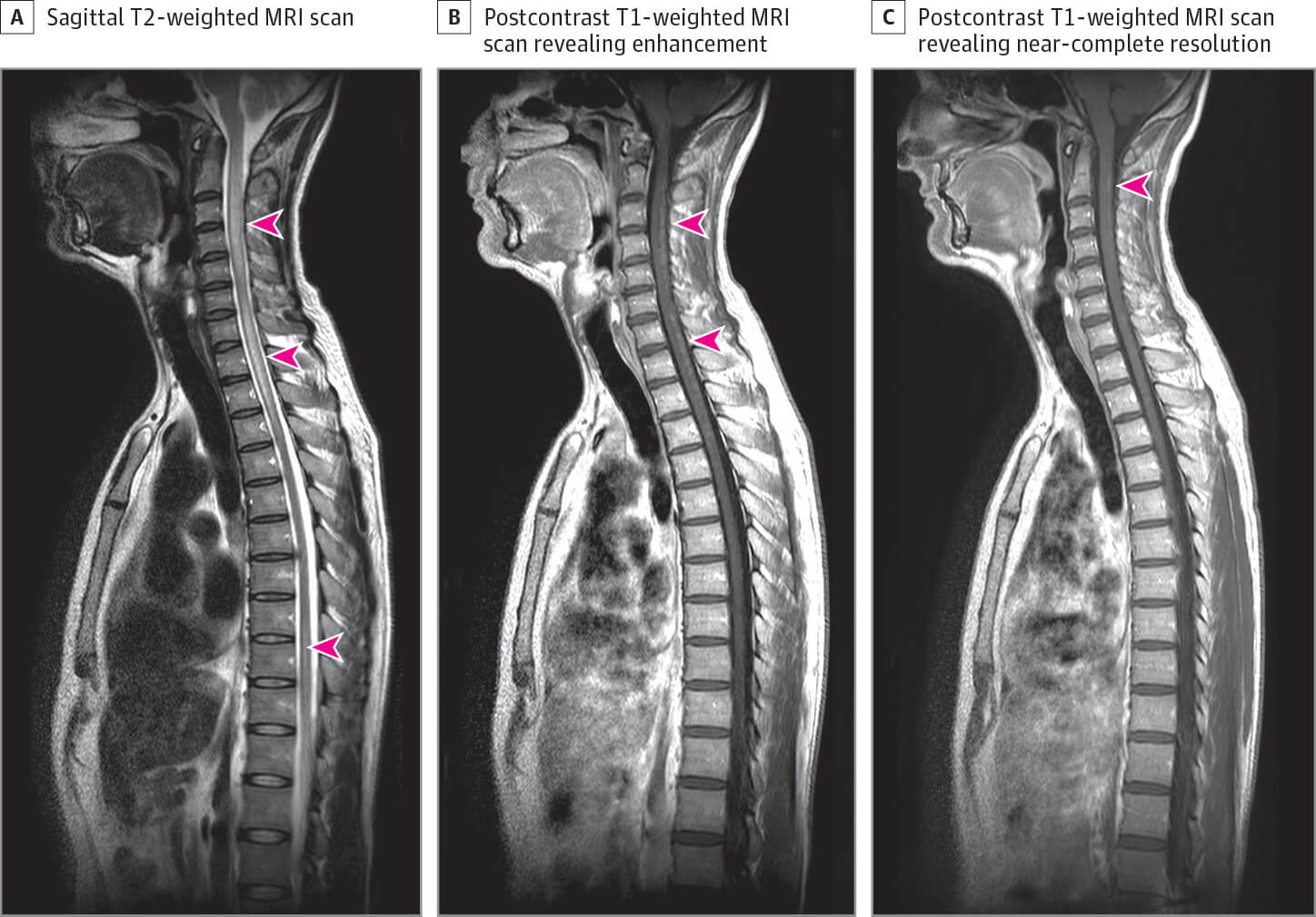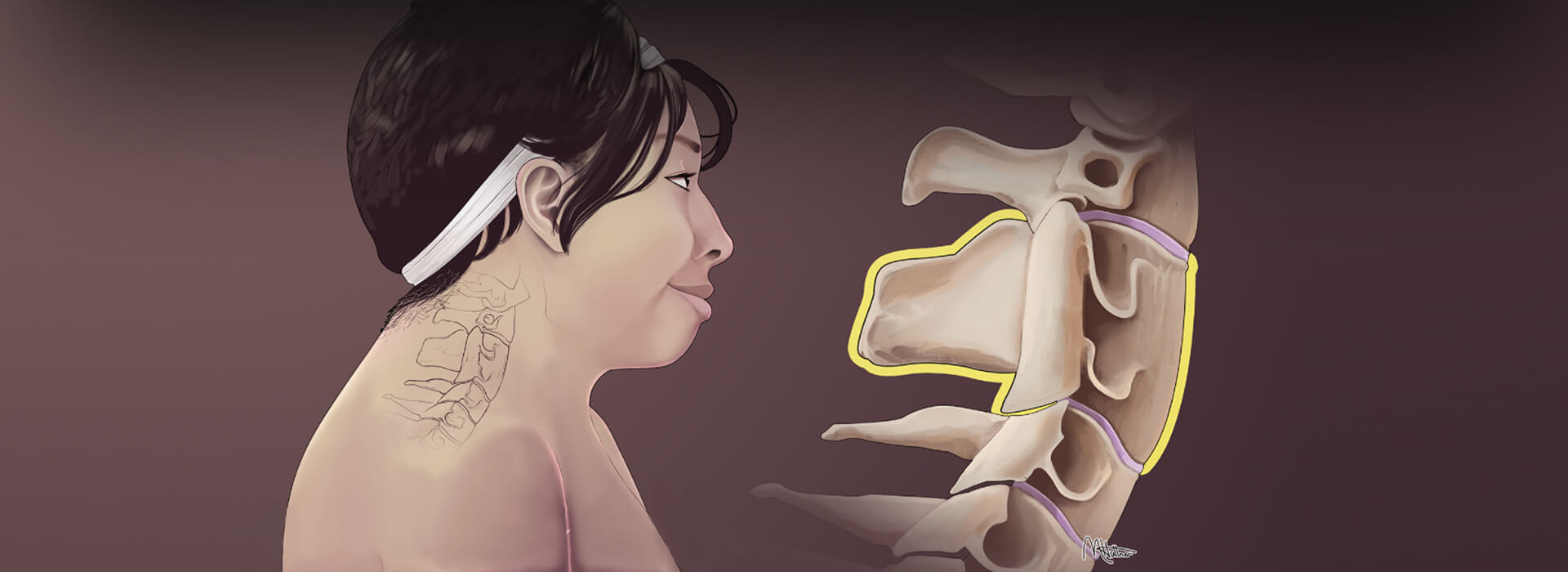

Cervical Deformity
The cervical spine—consisting of the seven vertebrae in your neck-plays a critical role in supporting the head, facilitating movement, and protecting the spinal cord. When the natural alignment of this region is disrupted, it can result in a condition known as cervical deformity. This condition can severely impact a person’s posture, mobility, and quality of life.
In this blog, we’ll explore what cervical deformity is, its causes, symptoms, diagnosis, and the various treatment options available.

What Is Cervical Deformity?
Cervical deformity refers to abnormal curvature or misalignment of the cervical spine. This can include:

Kyphosis
(forward rounding of the neck)

Lordosis
(excessive inward curve)

Scoliosis
(sideways curvature)

Or complex, multi-directional deformities.
These structural irregularities can be congenital (present at birth), degenerative (developing with age), traumatic (from injury), or iatrogenic (resulting from prior surgery).
When conservative  care needs
care needs
a specialist’s touch.
touch.
Causes of
Cervical Deformity
Several factors can contribute to cervical deformity, including:01.
Degenerative Disc Disease
Natural aging processes can lead to disc and joint degeneration, causing the spine to collapse and shift.
Symptoms of Cervical DeformityThe symptoms can vary depending on the severity and cause of the deformity but often include:
Neck pain or stiffness
Visible abnormal posture (e.g., chin-on-chest deformity)
Limited range of motion
Neurological symptoms like numbness, tingling, or weakness in the arms and hands
Difficulty swallowing or breathing in severe cases
Headaches or balance issues

Diagnosis
A thorough clinical evaluation is essential. This includes:
- Medical History & Physical Exam
Assessing symptoms, previous injuries or surgeries, and visible posture. - Imaging Tests
- X-rays to assess spinal curvature.
- MRI to evaluate soft tissue and spinal cord involvement.
- CT scans to get detailed views of bone structures.
- Neurological Assessment
- To check for signs of nerve or spinal cord compression.
Treatment Options
Non-Surgical Approaches
In mild or early-stage cases:
- Physical Therapy: To strengthen neck muscles and improve posture.
- Pain Management: Including medications or injections.
- Bracing: For short-term support in certain cases.
Surgical Intervention
In moderate to severe cases or when neurological symptoms are present, surgery may be required to:
- Realign and stabilize the cervical spine
- Decompress the spinal cord or nerves
- Prevent further deterioration
Surgical options may include:
- Spinal Fusion
- Osteotomy (surgical cutting and realignment of bone)
- Instrumentation (placement of rods, screws, or plates)
Prognosis and Recovery
With proper treatment, many patients experience significant improvement in pain, posture, and neurological function. Recovery time varies depending on the severity of the deformity and the treatment approach but typically involves physical therapy and regular follow-up imaging.
Final Thoughts
Cervical deformity is a complex but treatable condition. Early diagnosis and a multidisciplinary treatment approach can help restore alignment, relieve symptoms, and improve quality of life. If you or a loved one is experiencing symptoms of spinal deformity, consult a spine specialist for a comprehensive evaluation.

